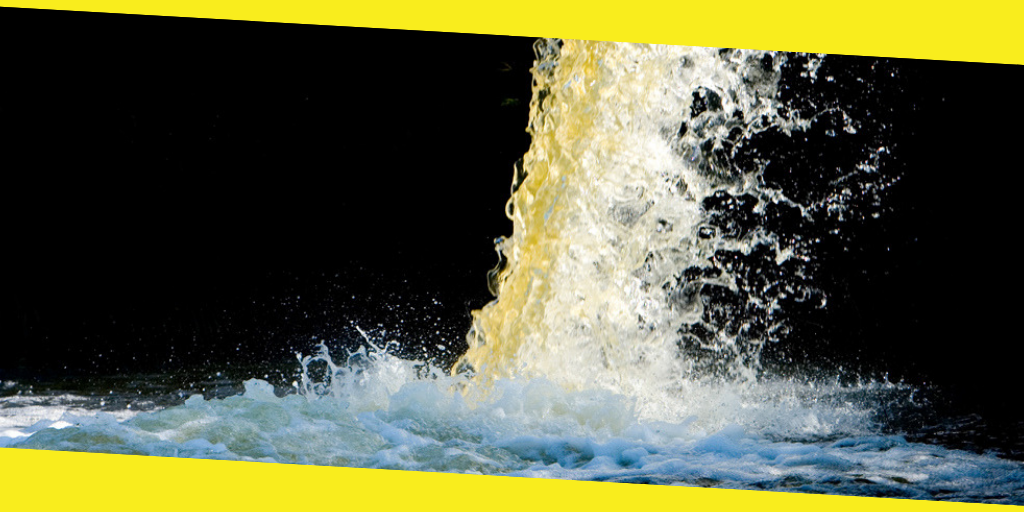
Water, now-a-days available is contaminated and is not clean enough to provide disease free life. Most of the diseases causing in human being are caused due to the drinking non-purified water. First of all, the amount of water left on Earth is not enough to cope with the needs of all human being on the Earth and second of all the water left is not decontaminated. Most of the people living in areas far away from developed countries and cities are not able to get clean water for their daily use, not even for drinking purpose. There is need of establishment of water treatment plants to provide them with clean water.
There are many companies which are providing their services to meet the needs of people to make sure they drink and use neat and clean water by using advanced technologies. Among them, watertreatmentservices.co.uk are providing on of the best services. They are not just working to give clean water but they are also giving their services to clean air as well using modern technologies and techniques. Here, we are going to mention some of the important steps that are involved in making the waste water free of pathogens.
Primary treatment
The primary sedimentation stage is carried out in large tanks. The water is flowed through these tanks in a way that sludge is settled down and the remaining oil and grease is collected on the top of the water surface, which is then removed. This grease and oil layer is further used for the production of soap. The sludge collected is shifted to sludge treatment section.
Secondary treatment
Secondary treatment is done in secondary clarifiers, where the solid waste particles like human waste, soap and detergent is degraded into much smaller particles. This step is done by the municipal plants. This step is based on the aerobic biological process. These microbiota require both oxygen and good to live. The smaller particles are now known as gravels, and are then float on the surface which is then removed and the water is supplied to the next step. Secondary treatment bioreactors are also used in the secondary treatment step.
Tertiary treatment
This step includes many different stages. This step is mostly the final step before throwing treated water into river, lakes, wet lands and grounds. The final step called “effluent polishing” is also done at this stage. Tertiary treatment includes filtration, lagoons, biological nutrient removal, nitrogen removal, phosphorus removal and disinfection. Filtration includes the residual removal while lagoons are small man-made ponds that encourages the removal of very fine particles.
The most important stage is the biological nutrient removal (BNR). These are the nutrients which are used by the microorganisms for their growth like algae or cyanobacteria. They utilize the nutrients for their growth and sometimes algae produce toxins in the water and then causing many severe water borne diseases.
Disinfection
Disinfection is the final stage in which water is treated using chemicals or ultra-violet rays. Mostly used chemical is chlorine and the process is called chlorination. After chlorination water is supplied for further used.